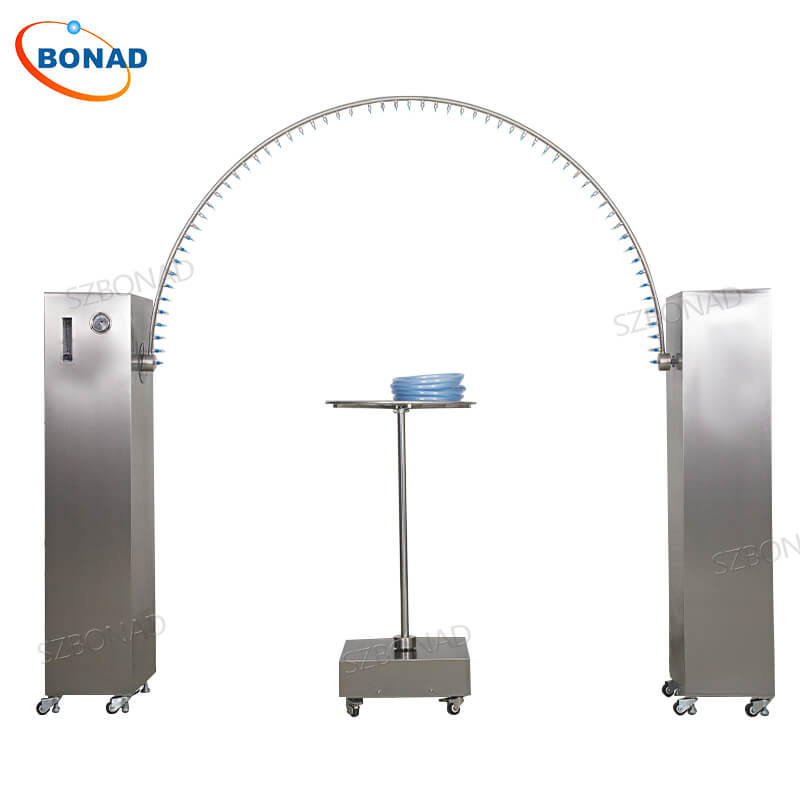With the rapid advancement of technology and the rise in living standards, electronic devices and mechanical equipment have become integral to daily life. However, as environments continue to change, the challenges of waterproofing and dustproofing products are becoming more significant. To ensure that products operate effectively under various conditions, understanding waterproof and dustproof standard levels and testing methods is essential.
Understanding Waterproof and Dustproof Standards
Waterproof and dustproof standards are critical for assessing a product’s resistance to water and dust. These standards, such as IPX0 to IPX9 levels defined by the International Electrotechnical Commission (IEC) under IEC 60529, categorize products based on their ability to withstand water and dust exposure. These classifications provide clear guidelines for designing and manufacturing robust products.
Testing Methods for Waterproof and Dustproof Performance
To verify that products meet these standards, rigorous testing is necessary. Common testing methods include immersion tests, spray tests, rain tests, and salt spray tests. These tests simulate real-world conditions to evaluate how well products perform in various environments.
- Immersion Testing: This involves submerging the product in water for a set period to observe its performance.
- Spray Testing: Water is sprayed onto the product’s surface to mimic rainy conditions.
- Rain Testing: Simulates heavy rain to test a product’s waterproof capabilities.
- Salt Spray Testing: Used to evaluate corrosion resistance by simulating high-humidity, high-salinity coastal environments.
These comprehensive tests ensure that products can withstand different environmental challenges, thereby guaranteeing their quality and reliability.
Practical Application of Standards
Selecting appropriate waterproof and dustproof levels is crucial for manufacturers to ensure product performance. Manufacturers must choose suitable levels based on the intended usage environment and customer requirements. Thorough testing is also vital; by simulating harsh working conditions, manufacturers can identify potential issues early on.
For consumers, understanding these standards is equally important when purchasing electronic devices or mechanical equipment. Consumers should prioritize products with robust waterproof and dustproof capabilities by carefully reading product manuals. Familiarity with basic testing methods can also help consumers better understand a product’s performance limits.

Maintenance of Rain Test Chambers
Rain test chambers are essential for simulating natural environments such as water splashing or spraying that electronic devices may encounter during use. Proper maintenance ensures their effectiveness:
- Swing Pipe Issues: Check parameter settings, motor functionality, and reset status.
- Turntable Problems: Verify parameter settings, motor operation, and rotation speed ratio.
- No Water Spray: Ensure normal water pressure, check the centrifugal pump, and inspect nozzles for clogs.
- Excessive Water Output: Manually adjust the steam flowmeter’s total flow value.
Regular cleaning of the distribution room’s interior components like instruments, water circuits, and panels is essential. After each test, promptly dry the equipment’s interior to maintain accuracy. Lubricate bearings and transmission chains quarterly with lubricating oil. Clean control glass layers and operation panels gently with a cotton cloth after each use to prevent nozzle blockage.
By adhering to these maintenance tips, the lifespan of rain test chambers can be extended while ensuring stable performance accuracy.
In conclusion, understanding waterproof and dustproof standards along with proper testing methods is vital for both manufacturers and consumers. These measures not only enhance product reliability but also improve user safety and satisfaction in diverse environmental conditions. As technology progresses, these standards will continue to evolve, driving industry development forward while enhancing user experiences.


